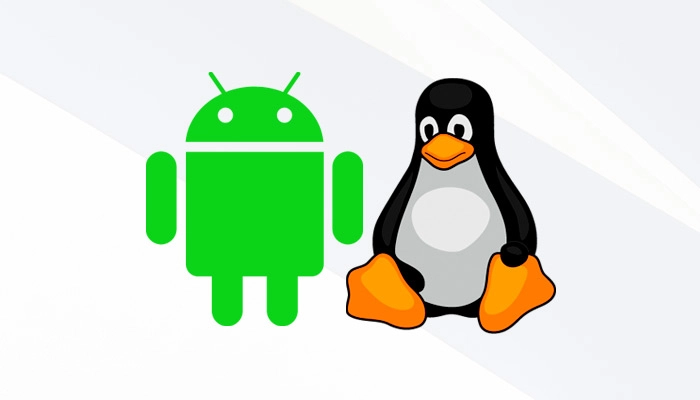In a recent interview, Sameer Samat, Google’s president of the Android Ecosystem division, hinted at an upcoming merger between Chrome OS and Android. He emphasized the need to combine the two operating systems, aiming to create a unified platform that better reflects modern user needs and behaviors, especially in the context of increased laptop usage.
The idea of merging these operating systems has been circulating for years, with speculation dating back to 2014 when Google introduced ARC, allowing Android apps to function as Chrome extensions. However, the confirmation of such a merger comes now, despite the lengthy timeline of unfulfilled expectations.
Samat pointed to Apple’s seamless integration between iPadOS and macOS as a model. The synergy of Apple’s ecosystem creates a productive environment, something he believes Android could also achieve. The transition may also be driven by potential antitrust challenges that Google faces—merging the operating systems could simplify their offerings and mitigate risks linked to regulations.
Currently, Chrome OS supports Android applications through a subsystem, and users can also utilize Linux applications via the Linux Developer mode. The integration of these systems could lead to enhanced productivity tools and a better overall user experience.
Many view Chrome OS as lacking direction, initially designed as a lightweight, web-first platform but now muddled with various applications, including Android and Linux apps, without any of them being executed optimally. The merger could help purge this confusion and produce a more consistent and effective desktop environment—potentially boosting support for newer hardware compatible with traditional Linux distributions.
In summary, the anticipated merger between Chrome OS and Android could lead to a more coherent Linux-based operating system better suited for desktop use, delivering greater efficiency and user satisfaction.
